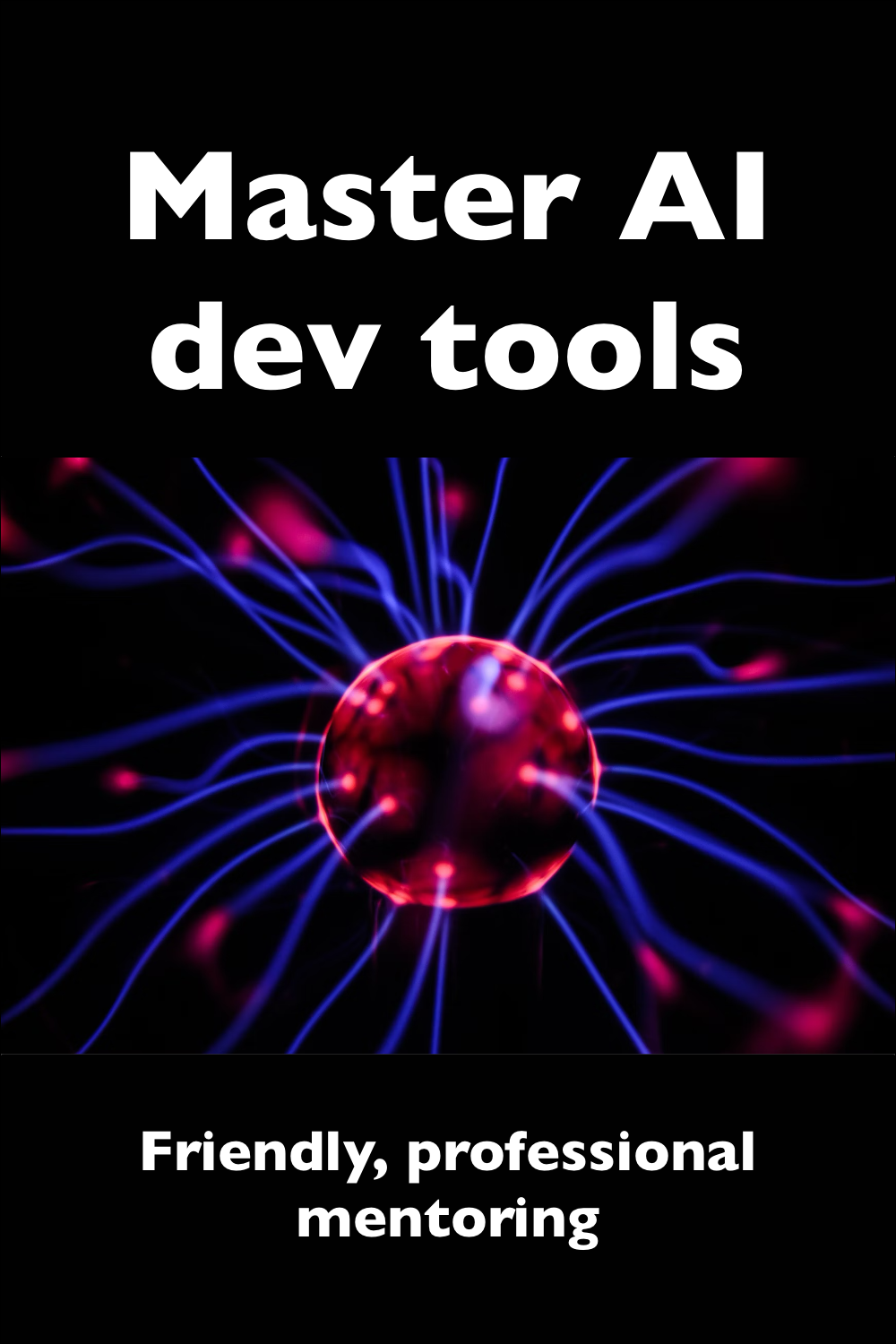Bitfield Consulting
Hi, I’m John Arundel, programming mentor and author of various books on software engineering and tech careers. I’ve been writing software for about 40 years, and I think I’m starting to figure out how to do it.
I’ve trained developers and teams at Google, VMware, GitHub, HashiCorp, Pivotal, Gruntwork, Nginx, JPMorgan Chase, Facebook, Elastic, Grafana Labs, GoCardless, Cisco, Pythian, Intuit, and dozens of other successful companies (maybe yours, too).
I’m the author of The Deeper Love of Go, The Secrets of Rust: Tools, Cloud Native DevOps with Kubernetes, Code For Your Life, and many other books. People seem to like them.
Books
““The best technical books I have ever read. I love John’s style of teaching.””
““Curse you for derailing my day with another fascinating book!””
““This book was AWESOME. It answered so many questions.””
““Everything I wanted to know about Go, beautifully explained!””
““The book I wish I’d had when I was starting out.””
““Focused, actionable advice on how to get my career on track.””
““Changed my outlook on how I work, and it’s really paid off.””




















